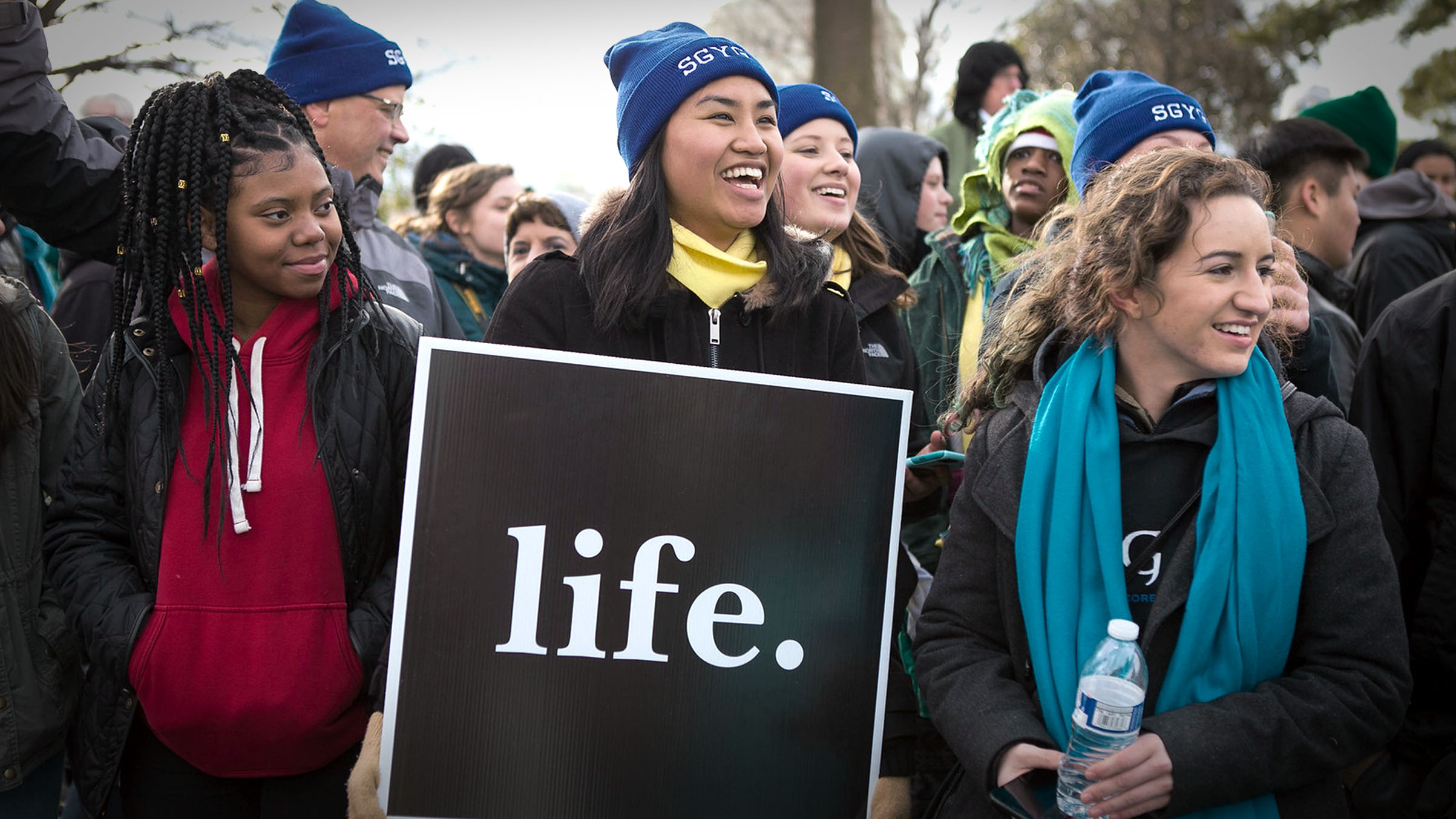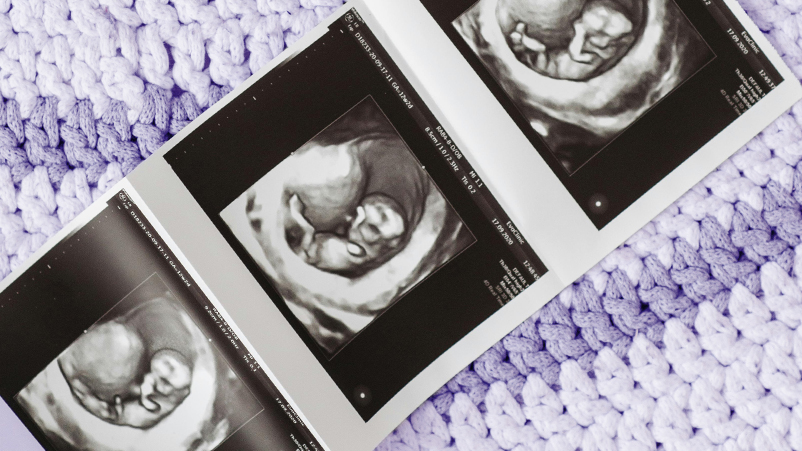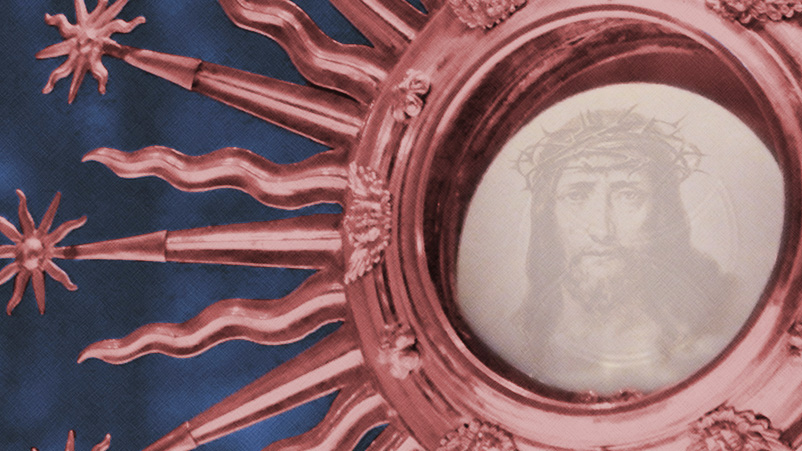By Walter Hoye II
“For we wrestle not against flesh and blood, but against principalities, against powers, against the rulers of the darkness of this world, against spiritual wickedness in high places.” — (Ephesians 6:12, KJV)
From the foundation of the United States of America, our leaders have repeatedly and deliberately failed to understand that personhood is intrinsic to being human. Starting with the Philadelphia Convention of 1787, here is a brief history of decisions, at the highest level of our government, that legalized “wickedness in high places,”1 legitimized man’s inhumanity to man and licensed licentious behavior. The Three-Fifths Compromise was a deal between Southern slave states who wanted to preserve slavery and the Northern states who wanted to preserve the union, where three-fifths of the population of slaves would be counted for enumeration purposes regarding both the distribution of taxes and the apportionment of the members of the United States House of Representatives. The three-fifths compromise is found in article 1, section 2, paragraph 3 of the Constitution of the United States of America. Even today, compromise is a legislative model embraced by both the pro-abortion and pro-life movements.
Seven Supreme Court Decisions
On July, 1776, the Liberty Bell rang out from the tower of Independence Hall summoning the citizens of Philadelphia to hear the first public reading of the Declaration of Independence by Colonel John Nixon. “Proclaim liberty throughout the land and to all the inhabitants thereof.” Leviticus 25:10 is the inscription around the top of the Liberty Bell.
1. Dred Scott v. Sandford (1857): The United States Supreme Court ruled seven to two against Scott, finding that neither he, nor any person of African ancestry, could claim citizenship in the United States. Both Roe v. Wade and Dred Scott were 7-2 United States Supreme Court decisions. The first 7-2 decision determined Dred Scott was a slave and the second 7-2 decision determined children were not persons and could be killed.2
2. Slaughter-House Cases (1873): The United States Supreme Court eviscerated the 14th Amendment only five (5) years after its adoption. While this decision is best known for reading the Privileges or Immunities Clause out of the United States Constitution, it also wrote out the Due Process Clause and the Equal Protection Clause. Due process is a legal principle that the government must respect all of the legal rights that are owed to persons, “endowed by their Creator,” according to the law.3
3. Plessy v. Ferguson (1896): The United States Supreme Court decided that separate “but equal” was fine, and refused to overturn blatantly unconstitutional Jim Crow laws for generations. Once again, the United States Supreme Court denied legal protection to persons they deemed to be inferior human beings.4
4. Buck v. Bell (1927): The United States Supreme Court ruling that upheld a statute instituting compulsory sterilization of the unfit, including the mentally retarded, “for the protection and health of the state.” Justice Oliver W. Holmes, Jr. concluded that: “Three generations of imbeciles are enough.” The sole dissenter in the court, Justice Pierce Butler, declined to write a minority opinion. Here the United States Supreme Court endorsed the practice of negative eugenics which believes the human race could be improved by eliminating “defectives” (i.e., “feeble minded” human beings) from the gene pool.5
5. Korematsu v. United States (1944): The United States Supreme Court upheld President Franklin D. Roosevelt’s Executive Order 9066 that allowed the government to lock up thousands of Japanese Americans (i.e., United States citizens with “Foreign Enemy Ancestry”) in concentration camps because of military necessity.6,7
6. Roe v. Wade (1973): The United States Supreme Court decided that a right to privacy under the due process clause in the 14th Amendment to the United States Constitution extends to a woman’s decision to have an abortion. Apparently, in the eyes of the United States Supreme Court, the baby boy or girl in the womb of his or her mother is not a person and thus not protected under the due process clause of the 14th Amendment.8
7. Doe v. Bolton (1973): The United States Supreme Court decided that a woman may obtain an abortion after viability, if necessary to protect her health. The Supreme Court’s decision was released on January 22, 1973, the same day as the decision Roe v. Wade.9
As I face the reality of one hundred sixteen (116) years of corrupt United States Supreme Court decisions, over fifty (50) million lives lost to legalized abortion alone and an all too silent Church, I cannot help but ask the question: In America, for whom does the Liberty Bell toll?
Personhood Gets It Right
“The morality of the 21st century will depend on how we respond to this simple but profound question: Does every human life have equal moral value simply and merely because it is human?” — Wesley J. Smith, J.D.10
Recognizing personhood as intrinsic to being human in the Constitution of the United States of America would have averted slavery, concentration camps, the slaughter of Native Americans, the second-class citizenship of women, the shedding of innocent blood in the wombs of our mothers and [would have closed] the door to the euthanization (from the Greek εùθανασíα meaning “good death”) of our elderly. Personhood is the only pro-life strategy in our country today that does not embrace exceptions or legislative models of compromise. Personhood understands that from the beginning of our biological development, regardless of whether we were sexually or asexually reproduced,11 every human life has equal moral value simply because we are human. In the end, when the pro-life movement stands victorious by the grace, mercy and shed blood of our Lord and Savior Jesus Christ, when every life is respected and protected by love and by law, victory will look like personhood. Personhood gets it right.
The Sacred Value of Human Life
“Despite the formidable obstacles before us, we must not lose heart. This is not the first time our country has been divided by a Supreme Court decision that denied the value of certain human lives. The Dred Scott decision of 1857 was not overturned in a day, or a year, or even a decade. At first, only a minority of Americans recognized and deplored the moral crisis brought about by denying the full humanity of our black brothers and sisters; but that minority persisted in their vision and finally prevailed. They did it by appealing to the hearts and minds of their countrymen, to the truth of human dignity under God. From their example, we know that respect for the sacred value of human life is too deeply engrained in the hearts of our people to remain forever suppressed. But the great majority of the American people have not yet made their voices heard.” — Ronald Reagan12
Today, I am “appealing to the hearts and minds of [my brothers].” I believe if we persist in our pursuit of a Christ-honoring culture of life, we will finally prevail. I believe the “sacred value of human life is too deeply engrained in the hearts of our people to remain forever suppressed” or for us to remain silent on the sidelines. I believe, “the great majority of the American people have not yet [heard our voices] …” Today, “despite the formidable obstacles before us,” brothers we must let the whole world hear our voices.
Brothers, we really need to talk.
References:
01. Jon Meacham, “American Gospel: God, the Founding Fathers, and the making of a Nation,” Random House, Copyright © 2006, pp. 120-121.
02. Dred Scott v. Sandford, 60 U.S. 393 (1857) (http://bit.ly/lkQbMw).
03. The Slaughter-House Cases, 83 U.S. 36 (1873) (http://bit.ly/jqrblz).
04. Plessy v. Ferguson, 163 U.S. 537 (1896) (http://bit.ly/iMSLMV).
05. Buck v. Bell, 274 U.S. 200 (1927) (http://bit.ly/jV0iB8).
06. Korematsu v. United States, 323 U.S. 214 (1944) (http://bit.ly/kKlayW).
07. “Story of Japanese-American Civil-Rights Pioneer Shared at South San Francisco High Assembly,” Karen Korematsu tells her father Fred Korematu’s story, May 5, 2011 (http://bit.ly/lNPkg4).
08. Roe v. Wade, 410 U.S. 113 (1973) (http://bit.ly/iLnMs3).
09. Doe v. Bolton, 410 U.S. 179 (1973) (http://bit.ly/mEajNM).
10. Wesley J. Smith, Featured on Starbuck’s take-away coffee cups as part of its “The Way I See It” 2006 Campaign (http://bit.ly/b83dKq).
11. Scientific Reference for Both Sexual and Asexual Reproduction: Irving and Kischer, “Scientific Response to Criticism of the California Human Rights Amendment as ‘Protecting Fertilized Eggs,'” December 9, 2009 (http://bit.ly/kW3tH5).
12. “Abortion and the Conscience of the Nation,” President Ronald Reagan penned this in an article for The Human Life Review. It ran in the Review‘s Spring 1983 (http://bit.ly/lTf36U) issue.
Walter B. Hoye II is both president and founder of the Issues4life Foundation and the California Civil Rights Foundation. God used the premature birth (six months, 2.1 pounds) of his son to teach him that the fetus is a person—a living, breathing human being. In 2008, Walter and his wife, Lori, were the recipients of the 4th Annual Walk for Life West Coast’s St. Gianna Molla Award for “courage under fire” in the pro-life movement. He serves as an incredible leader for the cause of the preborn despite the personal costs, and has even been unjustly jailed for his peaceful defense of the preborn on a sidewalk outside an abortion clinic. His “Letter from the Santa Rita Jail” and California Human Rights Amendment appeal for personhood entitled “Why I Can’t Wait” are now classics. Hoye has also written a book entitled, Leadership from the Inside Out.
This article has been reprinted with permission and can be found at http://www.issues4life.org/blast/2011136.html.



